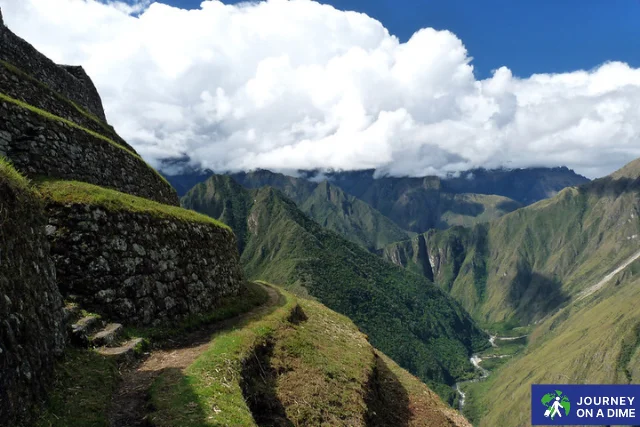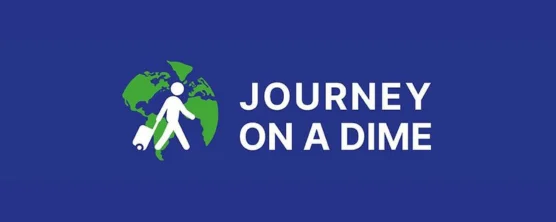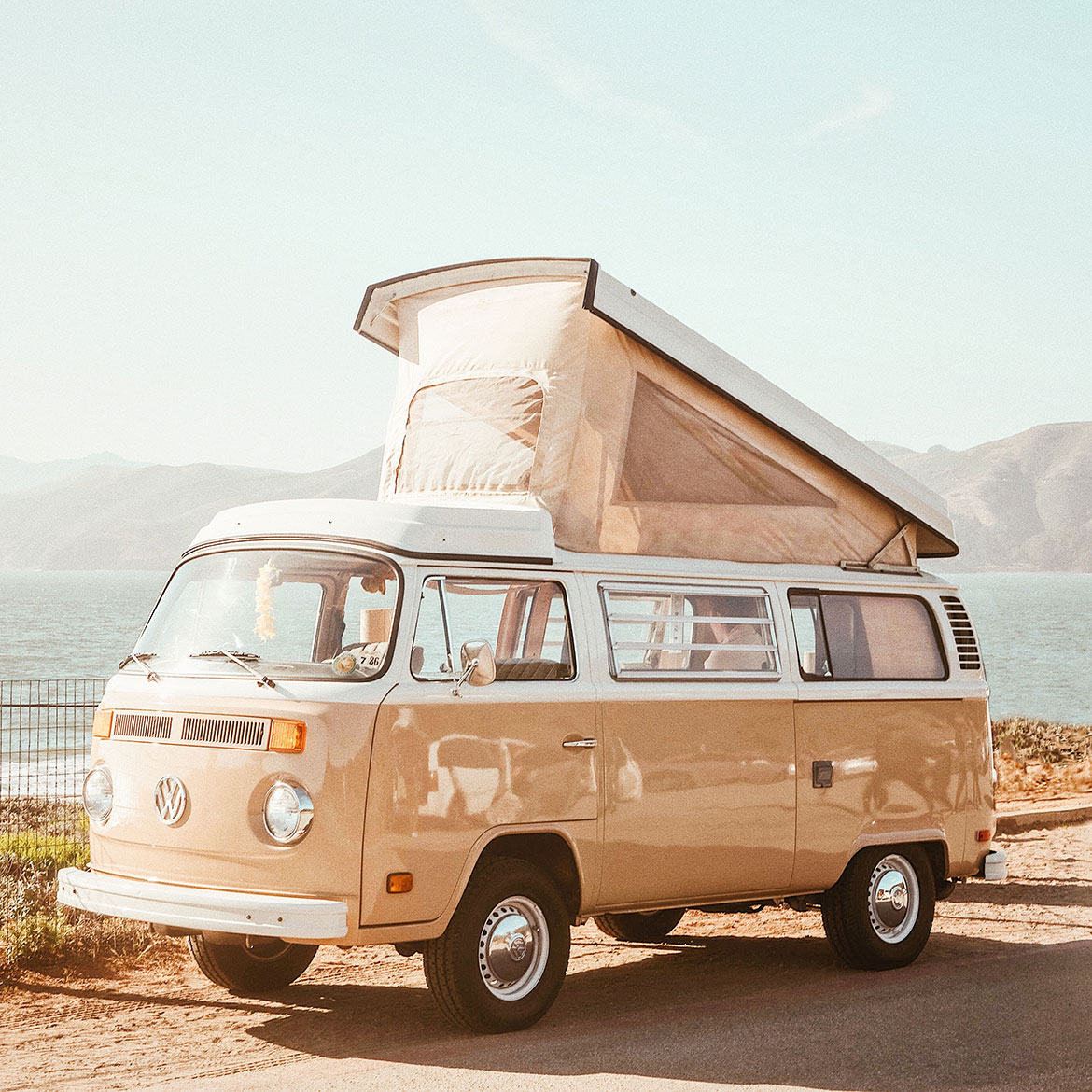Inca Trail, Peru: The Complete Traveler’s Guide for First-Time Trekkers

Few adventures capture the imagination like hiking the Inca Trail to Machu Picchu. This 500-year-old footpath winds 26 miles (42 km) through cloud forests, stone staircases, and dazzling Andean peaks before unveiling the Lost City at sunrise. For U.S. travelers dreaming of lacing up boots and stepping onto sacred stones, planning can feel intimidating—permits, altitude, weather, and cultural etiquette all matter. This conversational Travel Guide unpacks everything you need to know so your Inca Trail quest is safe, rewarding, and respectful.
Where Exactly Is the Inca Trail?
The trail lies in Peru’s Cusco Region, beginning near Kilometer 82 of the railway line that runs from Ollantaytambo to Aguas Calientes. Over four classic trekking days you’ll rise from 8,923 feet (2,720 m) to the high point at Dead Woman’s Pass—13,828 feet (4,215 m)—before descending to the Sun Gate (Inti Punku) and Machu Picchu at 7,972 feet (2,430 m) tourleadersperu.com. Though only 26 miles on paper, constant elevation changes make it feel longer, so treat it as a genuine mountain expedition.
Best Ways to Reach the Trailhead
Fly: Most visitors connect through Lima’s Jorge Chávez International Airport (LIM), then catch a 75-minute domestic flight to Cusco (CUZ).
Acclimate: Spend two nights in Cusco or the lower-altitude Sacred Valley (Urubamba, Pisac) to adjust. Altitude sickness medicine (acetazolamide) and slow sightseeing hikes help.
Ground transfer: From Cusco you’ll take a bus or van to Ollantaytambo (90 minutes), then continue by train or private vehicle to Kilometer 82, the official control point. Tour operators handle these logistics, and by Peruvian law all trekkers must hike with a licensed guide.
Return journey: After exploring Machu Picchu, take the bus down to Aguas Calientes, ride the PeruRail or IncaRail train back to Ollantaytambo, and shuttle to Cusco.
Permit & Logistics Essentials
- Daily quota: Only 500 permits are released per day, with roughly 200 for trekkers and 300 for guides, cooks, and porters incavalleyperu.com.
- When to book: Release dates open each October for the following year; popular May–August departures sell out within hours.
- Annual closure: The Inca Trail closes every February for heavy rain and conservation work; in 2025 the shutdown extends through mid-March trexperienceperu.comincatrailclassic.com.
- Authorized operators only: Independent trekking isn’t allowed; choose an agency registered with the Peruvian Ministry of Culture.
- Passport & ticket checks: You must carry the same passport used for the permit; photocopies aren’t accepted at checkpoints.
Trail Variations
- Classic 4-Day Inca Trail: The iconic itinerary, camping three nights at designated sites.
- Short 2-Day Inca Trail: Starts at Kilometer 104 and includes one night in Aguas Calientes. Great for travelers short on time but wanting the Sun Gate approach.
- Extended 5-Day: Adds an extra acclimation night and slower pace, ideal for photographers.
Difficulty Level & Daily Breakdown
| Day | Distance | Elevation Gain/Loss | Highlights | Effort |
|---|---|---|---|---|
| 1 | 7 miles | Moderate ascent | Llactapata ruins, Urubamba River | Moderate |
| 2 | 7.5 miles | 3,937 ft climb over Dead Woman’s Pass | Highest point, puna grasslands | Strenuous |
| 3 | 6.5 miles | Two passes, long descent | Runcuracay, Sayacmarca, cloud forest orchids | Challenging |
| 4 | 5 miles | Mostly downhill | Wiñay Wayna, Inti Punku sunrise | Moderate |
Altitude makes the Inca Trail demanding. Train with stair climbs, weighted daypacks, and weekend hikes at elevation if possible. Hydration, slow pacing, and coca tea (widely offered) help.
Best Time to Hike
Peru’s dry season (May – September) offers crisp blue skies and cooler nights—peak permit demand incatrail.org. Shoulder months April and October feature fewer trekkers and lush scenery but occasional showers. December–January can be wet and muddy; February is off-limits due to closure.
Essential Packing List
- 35-liter backpack with rain cover
- Broken-in hiking boots plus camp sandals
- Quick-dry layers: base, fleece, insulated jacket, waterproof shell
- Warm hat and gloves (nights near freezing)
- Sun hat, sunglasses, SPF 50+ sunscreen
- 3-liter water capacity (filters or purification tablets)
- Trekking poles with rubber tips (metal tips banned)
- Headlamp with spare batteries
- Passport, permit, cash soles for tips
- Reusable water bottle—single-use plastics are prohibited on the Inca Trail
Dos and Don’ts on the Inca Trail
Dos
- Do book your permit six to nine months ahead.
- Do tip porters, cooks, and guides; $15-20 per porter and $40+ for guides is customary.
- Do acclimate in Cusco or the Sacred Valley for 48 hours.
- Do practice Leave No Trace—pack out batteries, wrappers, and tissues.
- Do learn a few Quechua words (“sulpayki” means thank you) to honor local culture.
Don’ts
- Don’t ignore altitude symptoms—headache, nausea, dizziness. Alert your guide immediately.
- Don’t bring drones, which are banned at archaeological sites.
- Don’t use disposable plastic bottles or Styrofoam.
- Don’t carve your name on stones or remove artifacts—offenders face hefty fines and trail bans.
- Don’t photograph porters without permission; respect their privacy.
Responsible Tourism & Cultural Respect
Porters (often Quechua farmers) carry up to 44 pounds under Peruvian law, but ethical operators cap loads at 33 pounds and provide proper gear. Choose companies that offer fair wages, weight limits, and porter welfare programs. Buying handicrafts in villages like Ollantaytambo supports the local economy.
Cost Snapshot (2025)
- 4-Day Inca Trail package: $750–$1,200 (includes permits, transport, guide, meals, porter service, camping gear).
- Tips & extras: $100–$150.
- Optional Huayna Picchu climb add-on: $75 (secure with your permit).
Budget roughly $1,000–$1,400 total for a seamless experience.
Health & Safety Tips
- Carry comprehensive travel insurance covering evacuation.
- Stay hydrated—at altitude you dehydrate faster even in cool air.
- Apply SPF every two hours; Andean UV is intense.
- Bring a basic first-aid kit (blister pads, electrolytes, ibuprofen).
- Hand sanitizer is crucial; restroom facilities are basic.
Side Trips After the Trek
- Cusco foodie tour: Sample Peruvian staples like lomo saltado, ceviche, and craft pisco sours.
- Sacred Valley cycling: Ride past Moray’s circular terraces and Maras salt pans.
- Rainbow Mountain (Vinicunca): Color-banded slopes at 16,500 feet—best tackled after full acclimation.
Frequently Asked Questions
Is a guide mandatory on the Inca Trail?
Yes. Since 2001, the Peruvian government requires all trekkers to join a licensed agency for safety and conservation.
How far in advance should I buy permits?
Book six to nine months early for dry-season dates; shoulder-season slots may remain three months out.
What’s the trail’s highest altitude?
Dead Woman’s Pass tops out at 13,828 feet (4,215 m) tourleadersperu.com.
Can I hike in February?
No. The Inca Trail is closed the entire month for maintenance; in 2025 it reopens mid-March trexperienceperu.comincatrailclassic.com.
What fitness level is required?
If you can comfortably hike six miles with a 15-pound pack and climb 1,500 feet in a single day at home, you’re on track. Cardiovascular conditioning and leg strength matter more than speed.
Is altitude medication necessary?
Consult your doctor. Many hikers use acetazolamide (Diamox). Coca tea and slow ascent also help.
Are toilets available?
Campsites have basic facilities; carry toilet paper and hand sanitizer. Some agencies provide portable eco-toilets.
Image Source: Flicker








